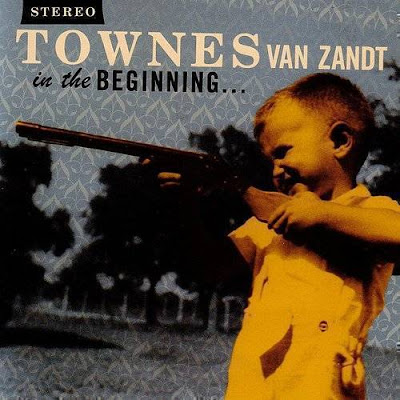
"In a matter of days, millions of Americans have been asked to do what might have been unthinkable only a month ago: Don’t go to work, don’t go to school, don’t leave the house at all, unless you have to. The directives to keep people at home to stunt the spread of the coronavirus began in California, and have quickly been adopted across the country. By Tuesday, more than half the states and the Navajo Nation had told their residents to stay at home as much as possible, with many cities and counties joining in. This means at least 265 million people in at least 32 states, 80 counties, 17 cities, the District of Columbia and Puerto Rico are being urged to stay home. ..."
NY Times














































